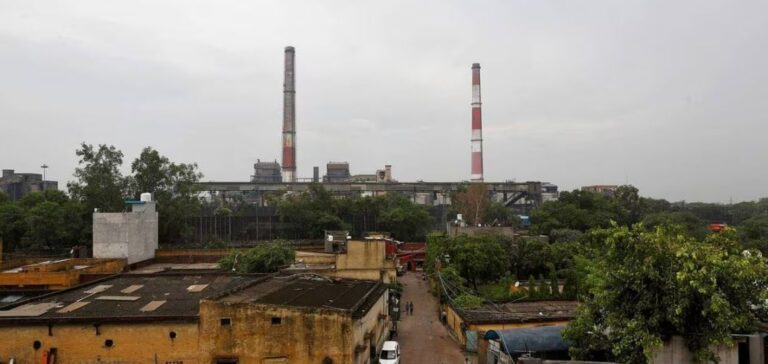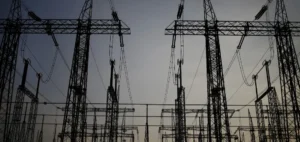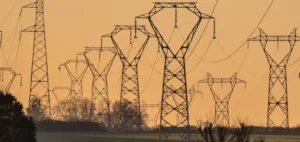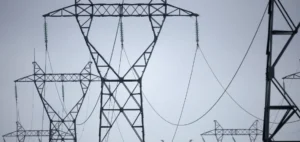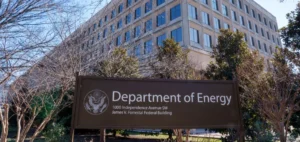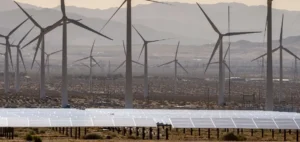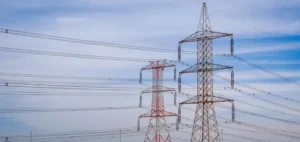Faced with booming electricity demand, India has asked its utilities to order a record $33 billion worth of equipment this year. The initiative is designed to accelerate the addition of coal-fired generation capacity, in response to ever-more pressing energy needs. The decision, described as unprecedented by government officials, marks a turning point in the country’s energy strategy , traditionally geared towards incremental, self-sustaining corporate investment.
Objectives and rationale
The new orders are expected to add 31 gigawatts (GW) of capacity over the next five to six years. In comparison, annual orders for installed capacity are usually between 2 and 3 GW, except last year when 10 GW were ordered. The decision follows a series of meetings led by Energy Minister Manohar Lal shortly after the formation of the federal cabinet under Prime Minister Narendra Modi.
Challenges and Ambitions
The challenges are enormous, as India struggles to meet electricity demand during sunless periods with existing power plants. Rapid economic growth and prolonged heatwaves have intensified the need for post-pandemic electricity. In June, the country experienced its biggest power shortage in 14 years, forcing emergency measures such as the postponement of scheduled plant maintenance and the use of imported coal.
Implications for Business
The main beneficiaries of this policy include state-owned enterprises such as NTPC and SJVN, as well as private companies such as Adani Power and Essar Power. Bharat Heavy Electricals Ltd (BHEL), which won all the equipment contracts last year, is expected to win the majority of the new contracts. By contrast, Larsen & Toubro, the other major energy equipment manufacturer, had not participated in most of the previous tenders.
Historical and geopolitical context
The last massive order for energy equipment in India dates back to 2009-2010, when Chinese companies won a significant share of the contracts. However, policy reversals and a lack of orders for coal-fired power plants led to the closure of several manufacturing units. Since 2020, India has imposed contractual restrictions with countries sharing a land border, such as China, requiring regulatory approvals. Growing demand has prompted India to reactivate its coal-fired power plants, threatening to undermine progress made in reducing greenhouse gas emissions. In March, Reuters reported that private Indian companies had expressed interest in building at least 10 GW of coal-fired capacity over a decade, marking the end of a six-year pause in significant private investment in this sector.


